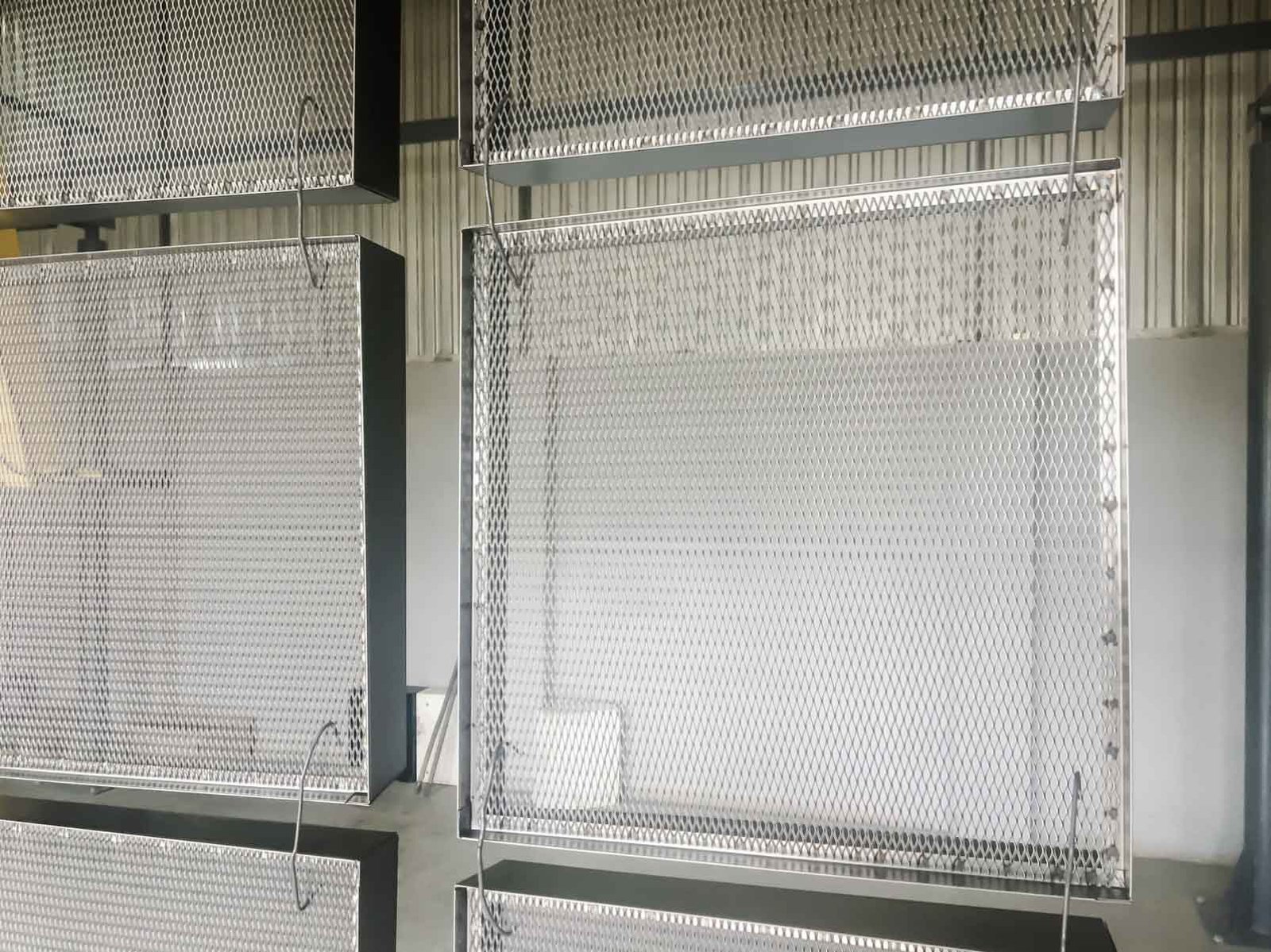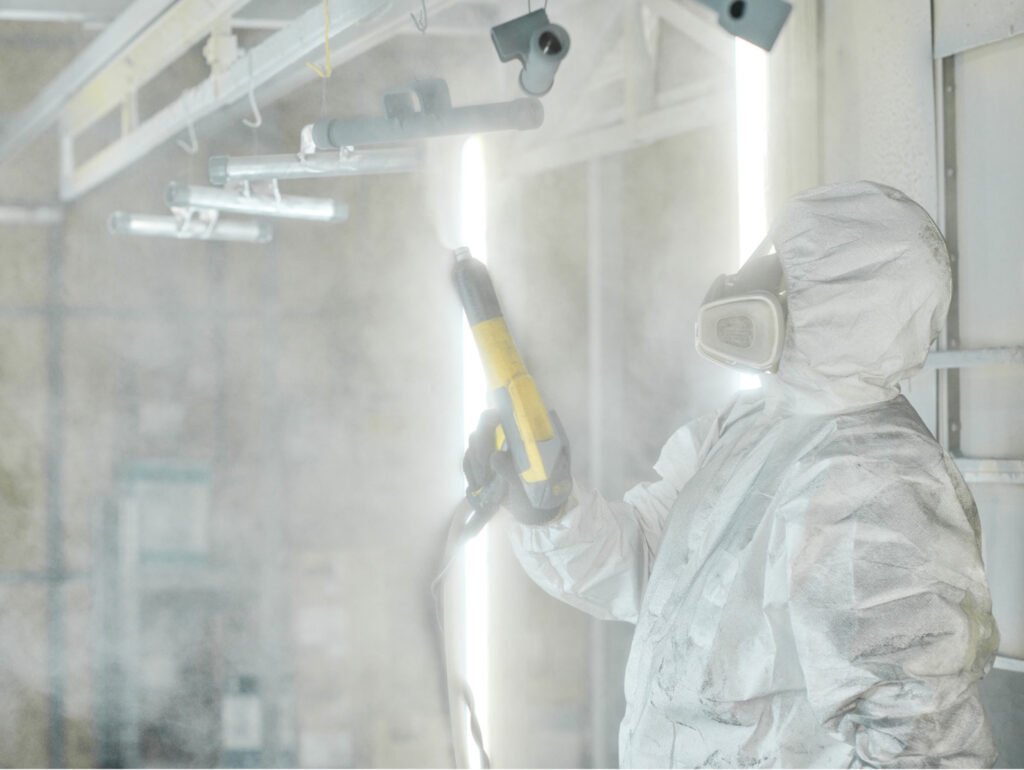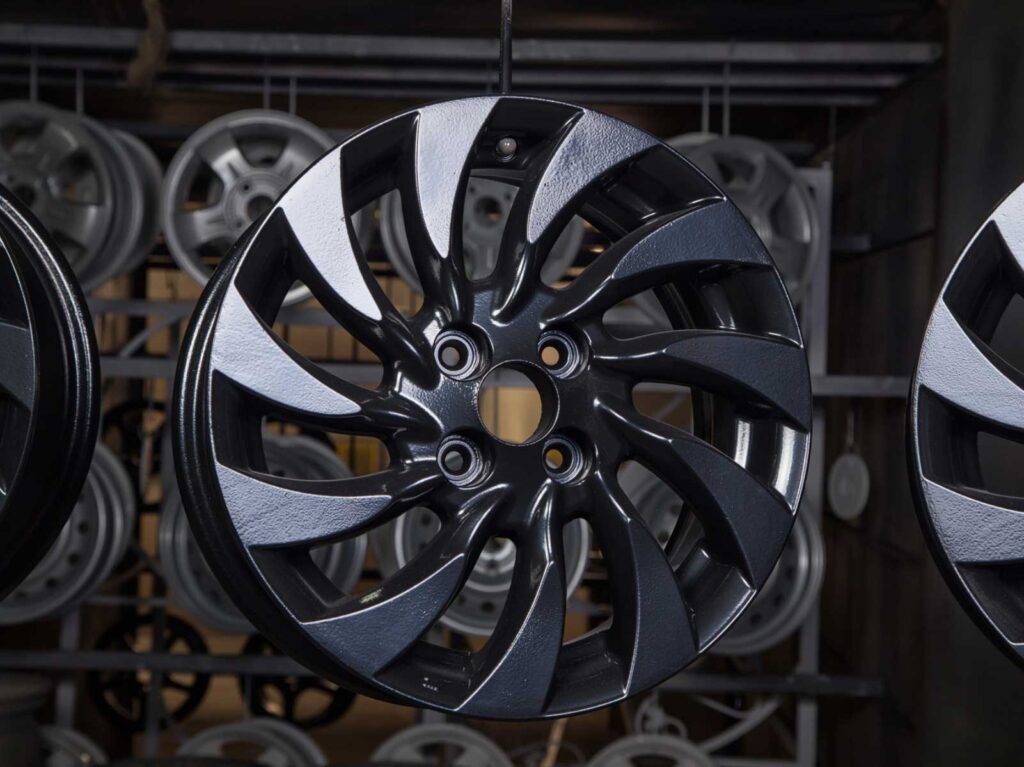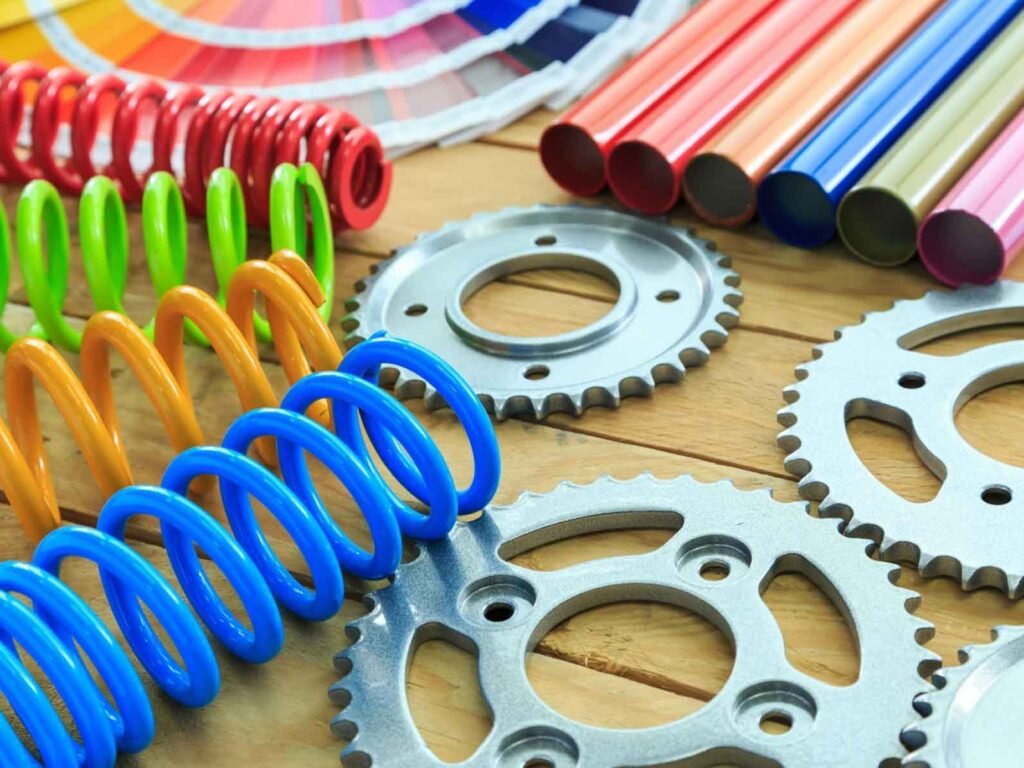I often get asked by clients, “What is passivation?”
Well, today, I’m here to clear up the confusion and explain what passivation really is and why it’s an important step in surface treatment.
Passivation is a post-treatment process that follows phosphating. It’s designed to enhance the corrosion resistance of the phosphate coating, ensuring that the workpiece is better protected against rust and other environmental factors. By doing so, passivation helps the phosphate coating achieve its full potential in terms of rust prevention and overall durability.
Curious about how passivation works and why it’s so crucial for powder coating? Let’s explore the details of passivation pretreatment and understand its role in enhancing the performance of your coatings.
Post-Phosphating Passivation Solution Formulations and Process Conditions
| Formulation & Process Conditions | Formula 1 | Formula 2 | Formula 3 | Formula 4 | Formula 5 |
| Potassium Dichromate (g/L) | 60-80 | 50-80 | — | — | — |
| Chromic Anhydride (g/L) | — | — | 1-3 | — | — |
| Sodium Carbonate (g/L) | 4-6 | — | — | — | — |
| Soap (g/L) | — | — | — | 30-35 | — |
| Lanolin or Rust Preventive Oil (%) | — | — | — | — | 100 |
| Tank Temperature (°C) | 80-85 | 70-80 | 70-95 | 80-90 | 105-110 |
| Time (min) | 5-10 | 8-12 | 3-5 | 3-5 | 5-10 |
Advantages of Post-Phosphating Passivation Treatment
Enhanced Rust Prevention for Phosphate Coatings:
- Phosphate coatings applied before powder coating are generally thin, with a typical weight ranging from 1-4g/㎡, and a maximum of no more than 10g/㎡. These thin coatings have significant free space within their structure, limiting their inherent corrosion resistance. In some cases, they may even develop yellow rust during the drying process. A passivation treatment after phosphating fills these gaps by further oxidizing the exposed metal or forming a passivation layer. This additional treatment stabilizes the phosphate coating, making it more resistant to atmospheric conditions.
Improved Overall Performance of Phosphate Coatings:
- Passivation also dissolves the loose layers on the surface of the phosphate coating and removes various water-soluble residues trapped within. This process significantly enhances the corrosion resistance of the phosphate coating. Studies show that post-phosphating passivation can increase the corrosion resistance of iron-based phosphate coatings by 100% and zinc-based phosphate coatings by 33%-66%.
Effects of Passivation on Coating Performance and Phosphate Coating
| Comparison Item | Before Passivation | After Passivation (Low Chromium CrO₃ 0.3g/L) | Remarks |
| Adhesion | Grade 1 | Grade 1 | |
| Indoor Hanging | 60 days | 90 days | |
| Outdoor Exposure | 7 days | 10 days | 2, 3, and 4 indicate the time when rust starts to appear |
| Soak Test | 2.3 hours | 3.1 hours |
Effects of Chromate Salt Passivation on Coating Corrosion Resistance
| Phosphating Process | Phosphate Coating Weight (g/m²) | Time to Corrosion Spread (Salt Spray ASTM B117) / hours | Time to Corrosion Spread (Salt Spray ASTM B117) / hours |
| Immersion | Without Deionized Water Rinse | Chromate Salt Passivation | |
| Zinc-based | 2.0 | 192 | 312 |
| Zinc-Manganese -based | 2.5 | 264 | 360 |
| Spraying | |||
| Light Iron-based | 0.5 | 48 | 96 |
| Zinc-based | 2.0 | 144 | 240 |
| Zinc-Manganese -based | 1.2 | 216 | 288 |
Types of Passivation
Medium-Chromium Passivation:
- This type of passivation can remove loose, powdery residues from the phosphate coating, improving adhesion issues. However, due to its high chromium content, wastewater treatment is challenging and expensive, and it is strictly regulated by environmental agencies. As a result, it is rarely used today.
Low-Chromium Passivation:
- Containing 2-5g/L of chromium, this passivation process operates at temperatures between 10-70°C. Its advantages include stable bath solution, simple management, short passivation time, and long service life. However, like medium-chromium passivation, it faces strict environmental restrictions, although some factories still use it.
Ultra-Low Chromium Passivation:
- With a chromium content ranging from 0.0125-0.05g/L, this process works at temperatures from room temperature to 50°C. It is known for effectively sealing pores, operating at low temperatures, maintaining a stable bath solution, simple management, and low operating costs. Moreover, it minimizes chromium pollution. Despite these advantages, it has not yet been widely adopted.
Chromium-Free Passivation:
- Chromium-free passivation agents, such as titanium salts, molybdate salts, stannous salts, and zirconium salts, have been developed. However, their overall performance has not yet matched or surpassed chromium-containing passivation processes. As environmental regulations become stricter on chromium use, chromium-free passivation is expected to rapidly gain widespread application.
Conclusion
As environmental regulations tighten, the shift from chromium-based to more sustainable passivation methods is inevitable. While chromium-free passivation is still evolving, it promises to be the future of surface treatment, offering effective corrosion resistance without environmental drawbacks.
If you need reliable powder coating equipment, contact us today. We’re here to help you achieve the best results with cutting-edge solutions.





